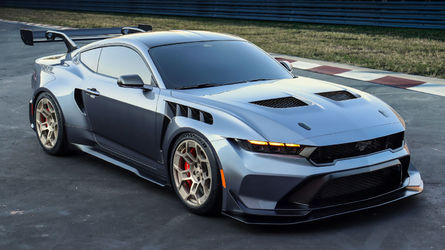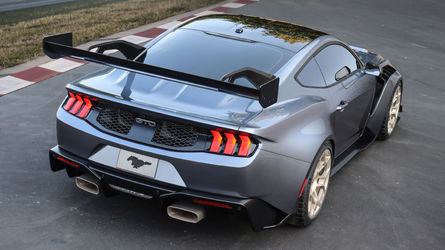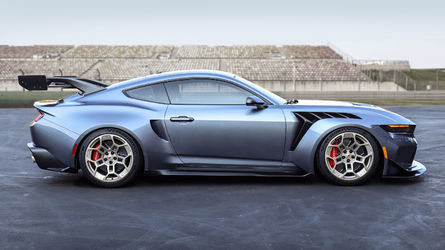By Bob Bondurant (5/5/2001)
It's that time of year again - time when we all want to be outdoors, whether it's at the golf course, the ballpark, or the track.
Unfortunately it's also the time of year when motorists are paying more attention to their surroundings than they are to their driving. As such, it's imperative to keep an eye out for others, while paying special attention to our own driving. It's also important to know what you need to do in order to avoid potential accidents while on the road.
Brakedown
Today, one of the leading causes of automobile accidents is misuse in the application of the brakes. Think back to the last rear-end accident that you observed: you probably saw skid marks, nearly 50 feet long, going straight into the car that was hit. The driver who caused the accident was taken by surprise, panicked, and jumped on the brakes. What really happened was that the driver was not paying attention and/or was following too close. In desperation, the driver hoped the brakes would stop the car in time - but no such luck.
What happens when a driver applies the brakes in this panicked state is that he or she tends to apply the brakes so hard that they "lock," which causes their car to skid.
When the front tires skid, the driver automatically loses the ability to steer. The front tires must be rotating in order to maintain the directional control of the vehicle. When the tires are skidding, the car's momentum overpowers the tire's ability to grip, which causes the vehicle to continue in the direction the mass of the vehicle is moving. In this particular case, that means you go straight -- into the vehicle ahead.
The loss of steering control when skidding is the main reason that ABS (an abbreviation for anti-lock braking systems) was developed. With ABS, a computer actually pumps the brakes for you about 22 times per second. Not only does it help vehicles from skidding in inclement weather, it also keeps drivers from locking the brakes in dry weather - as in a rear-end collision.
Working with your brakes
But ABS doesn't take care of every situation. There's another technique that can be used in conjunction with ABS to help avoid potential accidents.
Most cars weigh in the neighborhood of 2000 - 4000 pounds. (Sport-utes and big trucks weigh even more, in case you didn't know.) Even at speeds as low as 35-40 miles per hour, it is much easier to go around an object than it is to bring your vehicle to a sudden stop. Typically, it only takes a half a turn of the steering wheel to make a quick and safe lane change.
There is an easy three-step process to making this quick lane change: LIFT, TURN, then SQUEEZE.
First, lift off the accelerator. This action transfers the weigh of the vehicle forward for added traction on front-wheel drive cars, and more steering control. Then, turn the steering wheel in the direction of the open lane. And finally, squeeze back on the accelerator, which transfers the weigh of the vehicle backward, giving you more traction on the rear tires.
You never know when someone will pull out in front of you, or when the traffic in front of you will suddenly stop. But with the help of anti-lock brakes - and some better driving technique - you can concentrate on the important things on the road and on the side of the road, too.
Bob Bondurant, racer and entrepreneur, owns and runs the Bob Bondurant School of High Performance Driving in Phoenix, Ariz. For more information on classes and schedules, click over to www.bondurant.com or call (800) 842-RACE (7223).




